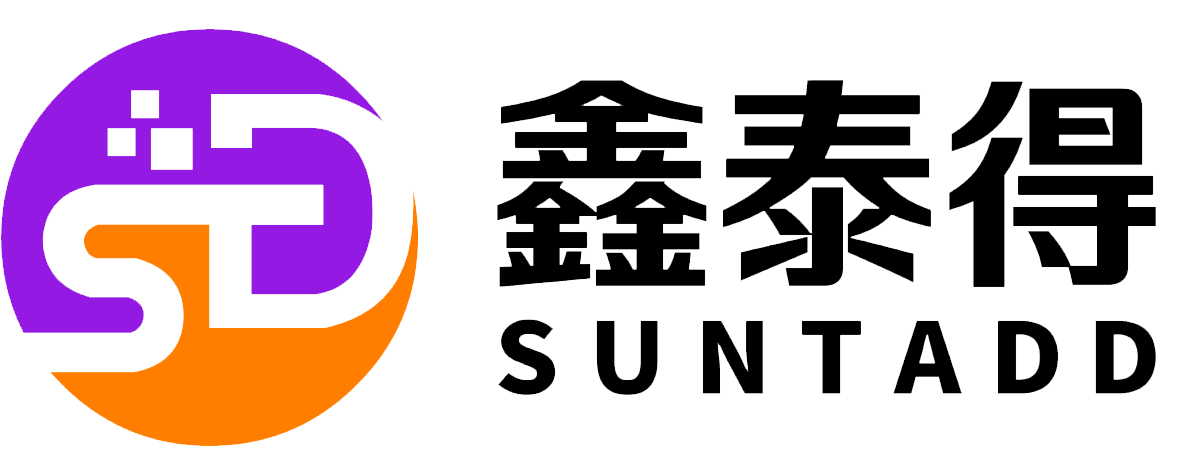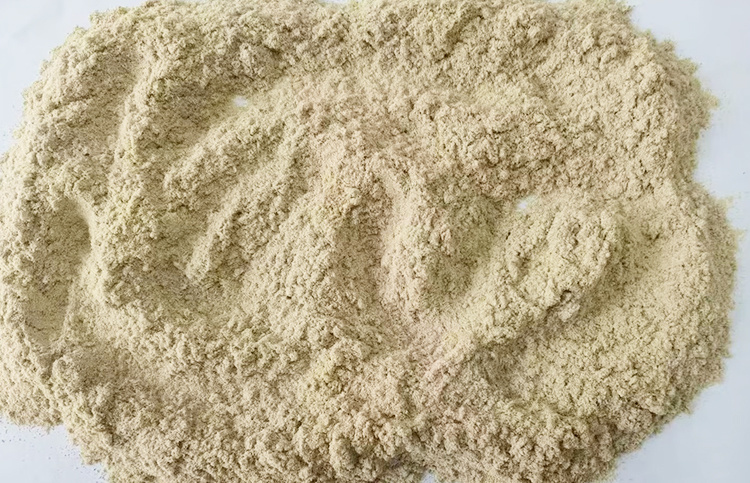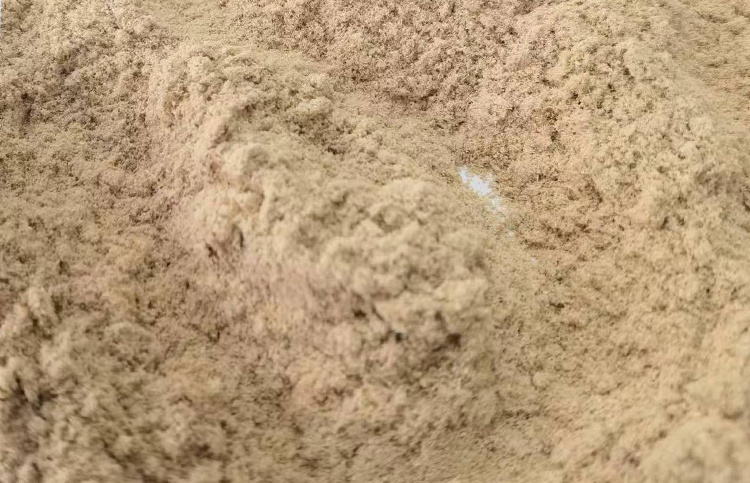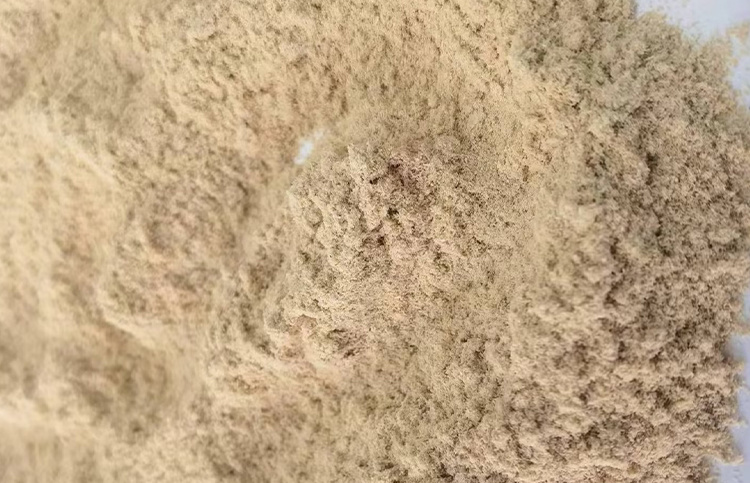Product Details
Oat Bran
A byproduct of the oat hulling, threshing and flaking process, including some oat grains, oat bran and oat hulls. Oat crops like cool weather and are often planted in the highlands and cold and cool areas of northern China.
Key words:
Oat Bran
Classification:
Detailed Description
A byproduct of the oat hulling, threshing and flaking process, including some oat grains, oat bran and oat hulls. Oat crops like cool weather and are often planted in the highlands and cold and cool areas of northern China. There is little rain and the toxins in the field are very low. Oats are rich in dietary fiber. After coarse screening and fine grinding of 50 mesh, they become fiber feed with a crude fiber content of more than 20%. With the advantages of fine powder, low level of toxins, high fiber and high utilization rate, they have become high-quality fiber nutrition raw materials that can be added to pig, poultry, cattle, sheep, aquatic and pet feed.
Package: Ton-pack, can be sold as smaller pack according to customers' need
Shelf life: 1 Year
This product complies with the feed raw material catalog and feed hygiene standards of China.
Nutritional analysis
| 1. Conventional indicators | 2. Health indicators | ||||
| Indicators | Standard | Measured reference value | Indicators | Standard | Measured reference value |
| Crude protein, % | 0 | 2.86 | Aflatoxins, ppb | ≤5 | Not Detected |
| Crude fat, % | 0 | 0.9 | Zeralenone, ppb | ≤100 | 19.6 |
| Crude ash, % | ≤4 | 3.2 | Deoxynivalenol, ppb | ≤500 | 87.2 |
| Moisture, % | ≤15 | 13.2 | 3. Particle size | ||
| Crude fiber, % | ≥20 | 26.4 | Fineness(50 Mesh pass rate)≥80% | ||
Application
| Animal stage, feed type | Usage | Benefits and Values |
| Piglets (weaned to 30kg weight) | 1-3% | Replace wheat bran, which is a level of toxins with laxative |
| Breeding pigs,growing and finishing pigs (30kg body weighttoslaughter) | 5-10% | Replace wheat bran. With the increase of rainy seasons in the main wheat producing areas in the Central Plains in recent years, the content of wheat mycotoxins has been on the rise |
| Laying hens, broilers, breeders | 2-3% | Replace wheat bran to reduce the content of mycotoxins in the diet and improve production performance |
| Dairy cows (dry period) | 10-20% | Replace some roughage such as yellow storage, silage, and forage to reduce the hidden dangers of mycotoxins in TMR diets and improve fertility; fermentable fiber promotes the reproduction of beneficial microorganisms in the rumen |
| Dairy cows (lactation period) | 5-10% | |
| Calves, lambs | 3-8% | Add to the concentrated supplement as a fiber source tohelp calves and lambs to adapt to fiber feed earlier and promote early gastrointestinal development |
| Beef cattle, sheep (fattening period) | 5-10% | Replace some roughage, save forage, silage, and yellowsilage, high fiber promotes rumination and digestion |
| Duck feed, goose feed | 1-3% | Replace wheat bran, reduce dietary toxins, improve intestinal flora balance, promote digestion, reduce ammonia and odor in livestock houses, and improve animal welfare |
| Pet | 3-10% | Improve intestinal flora balance, promote digestion, reduce fecal ammonia and odor |
Related Products
Online consultation











